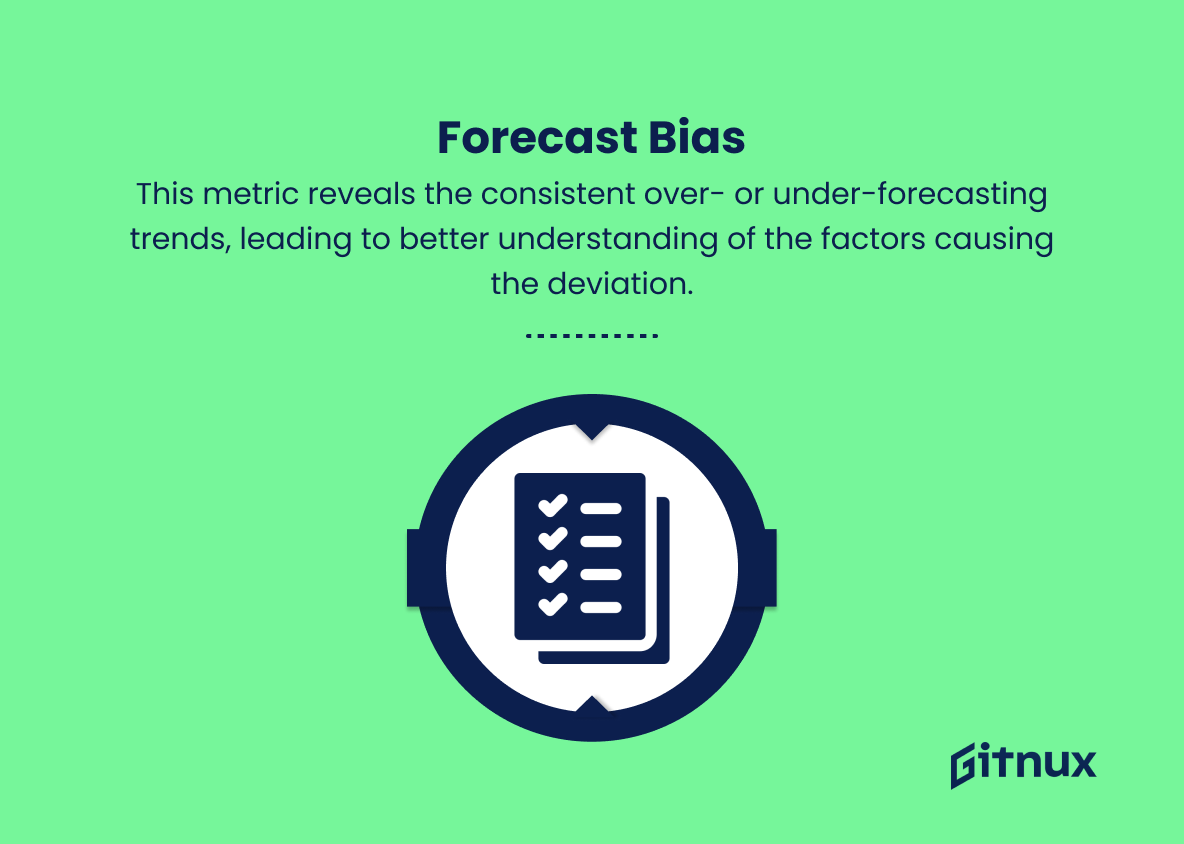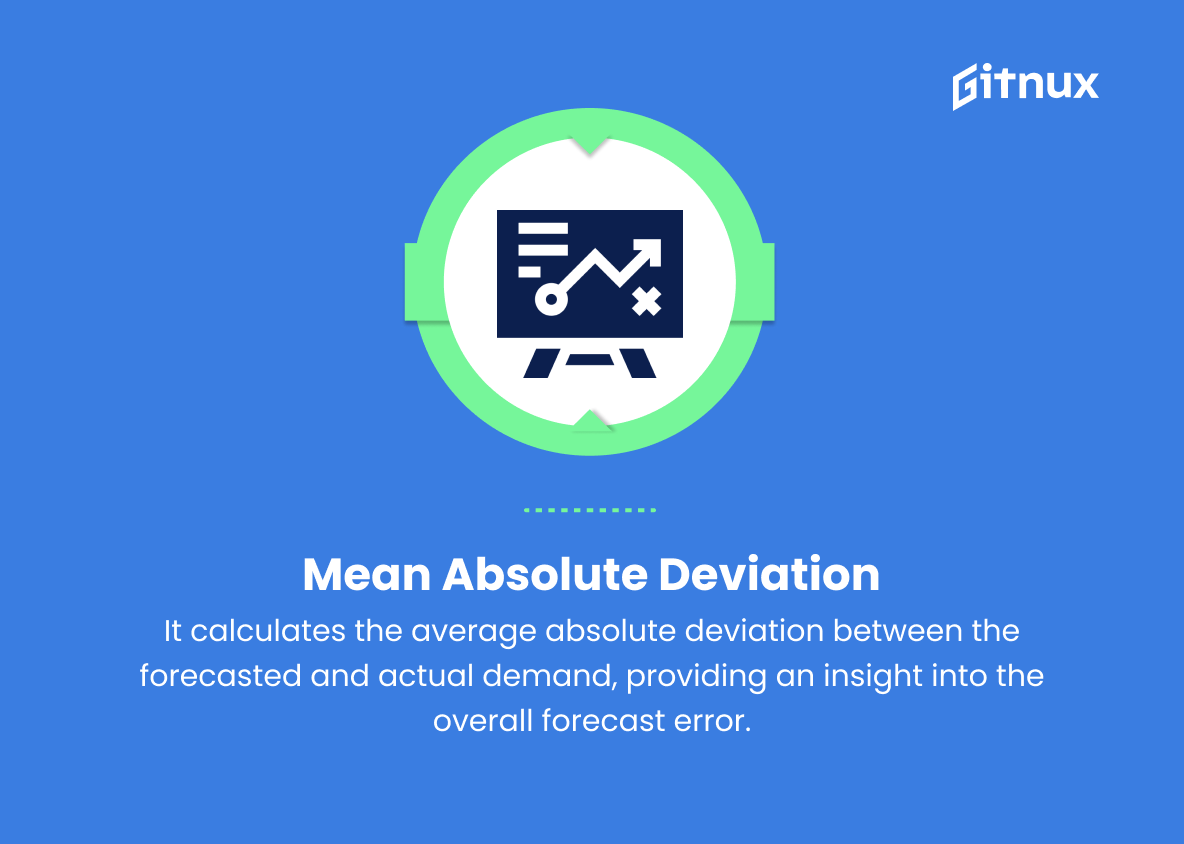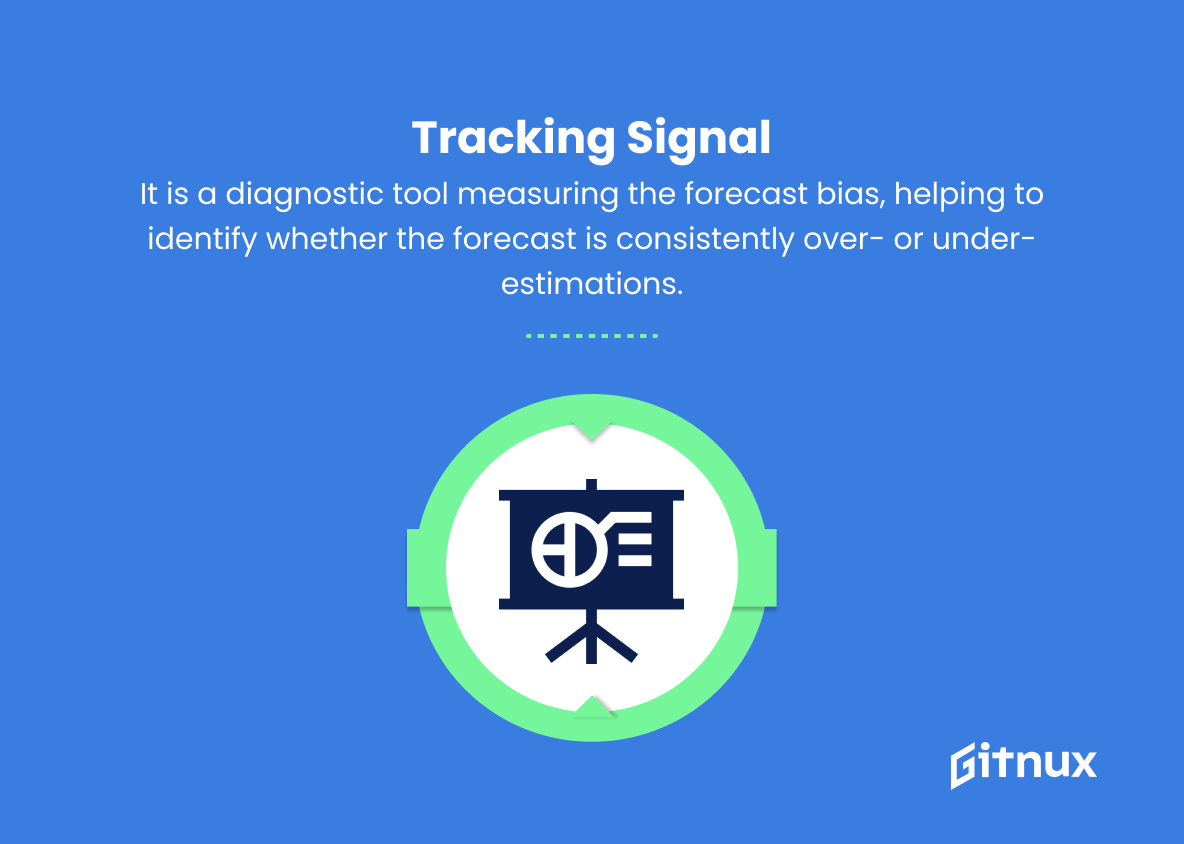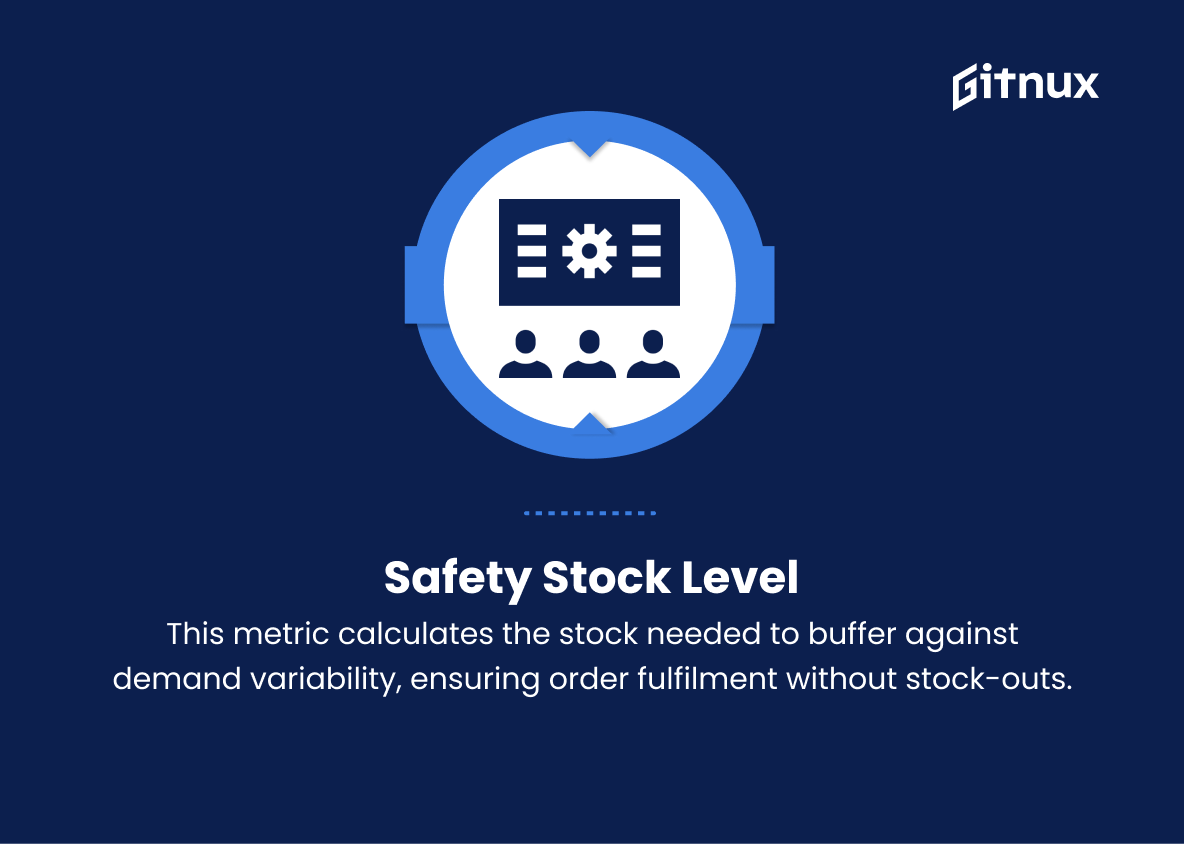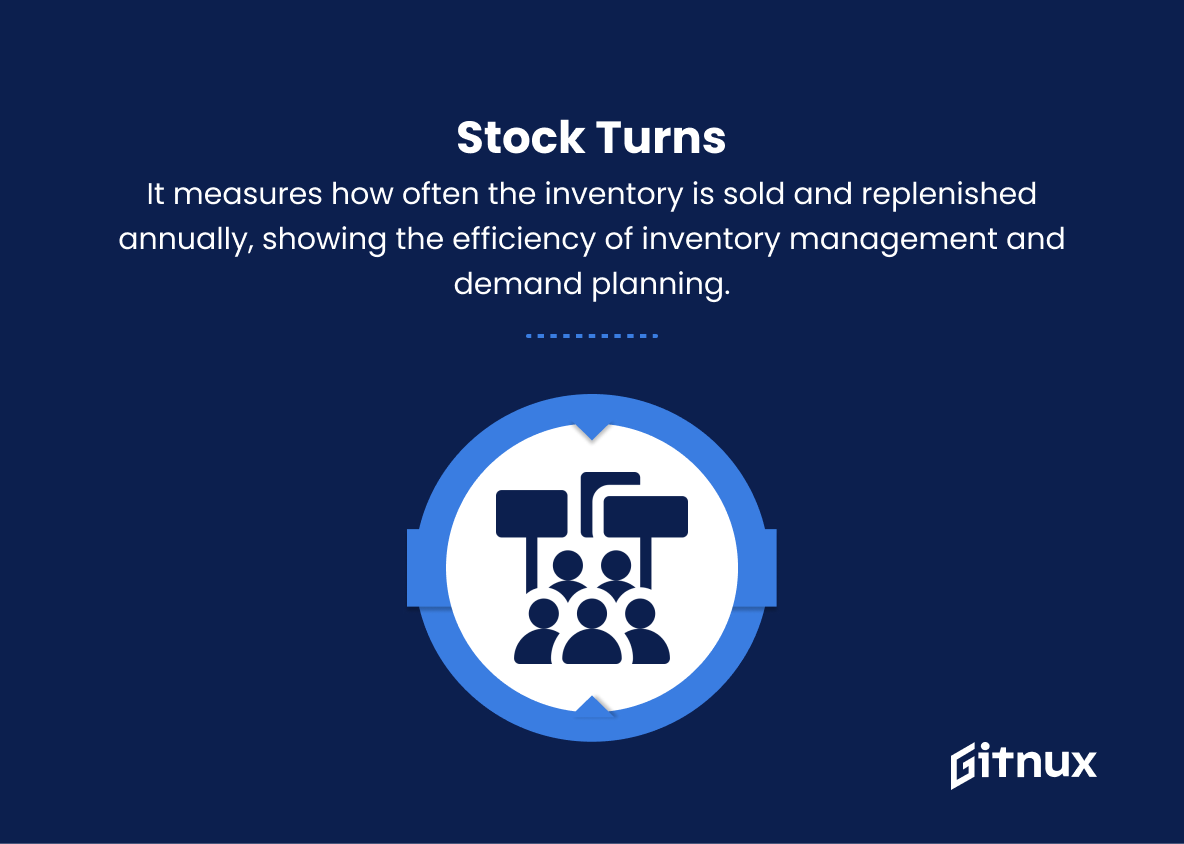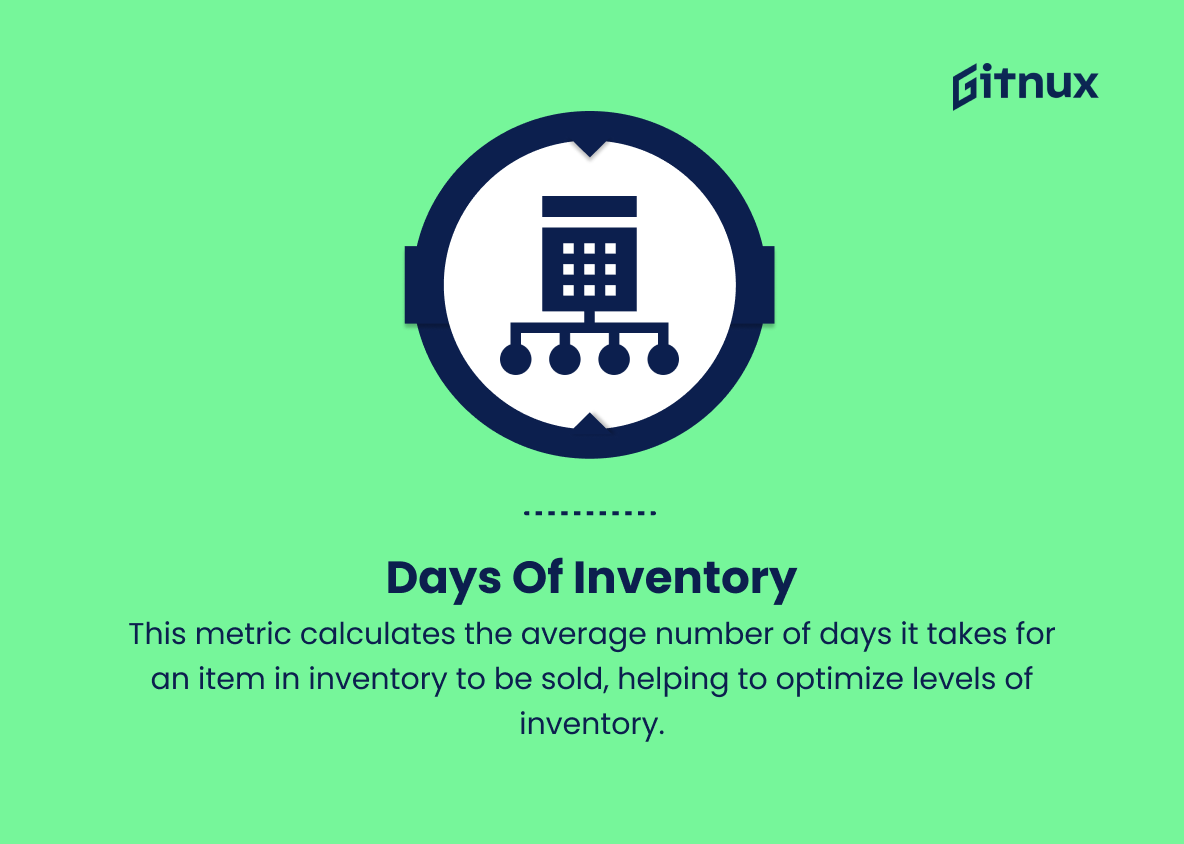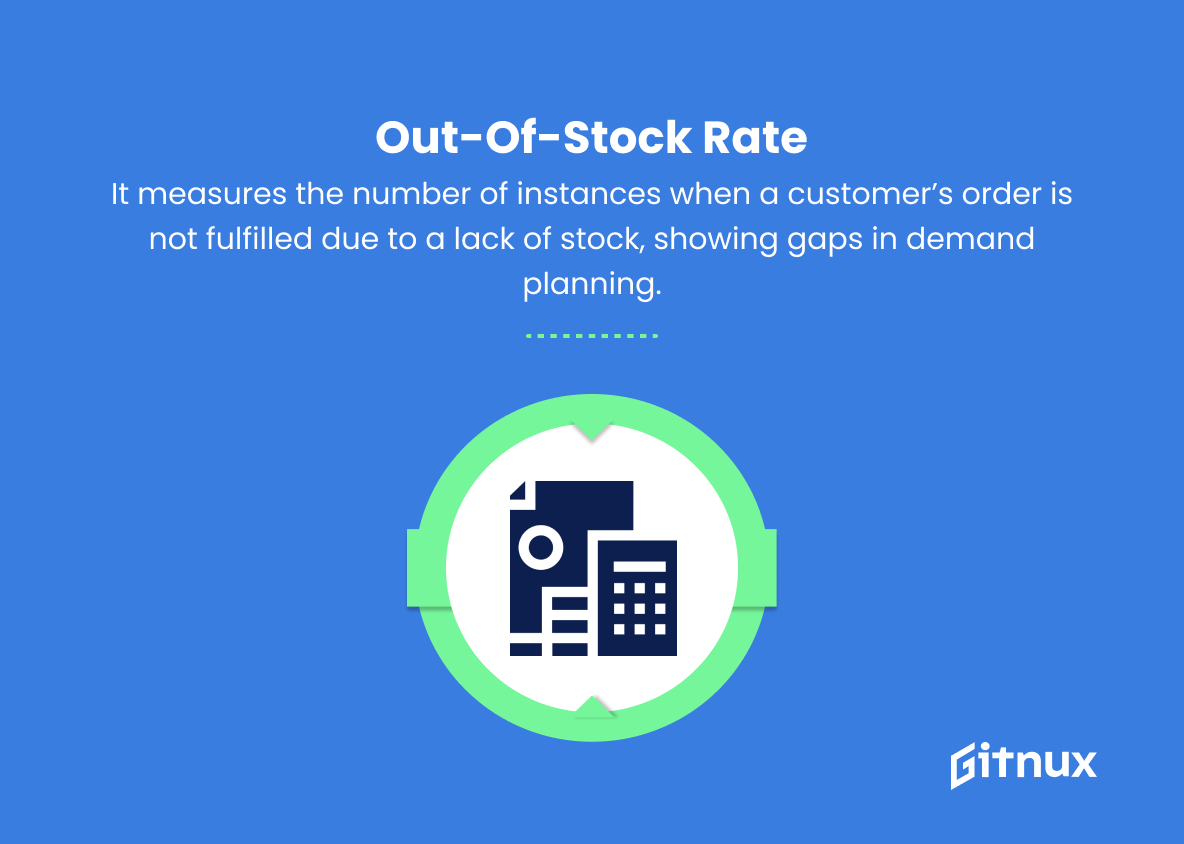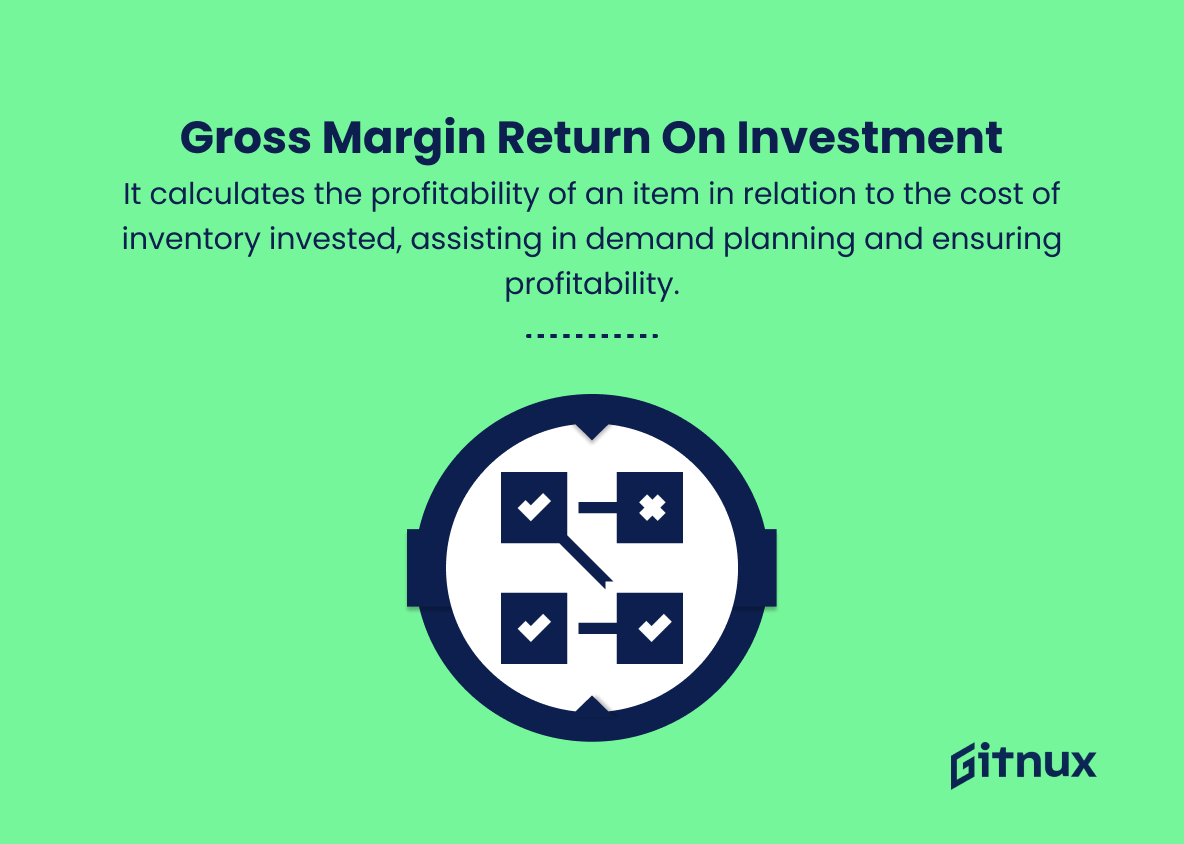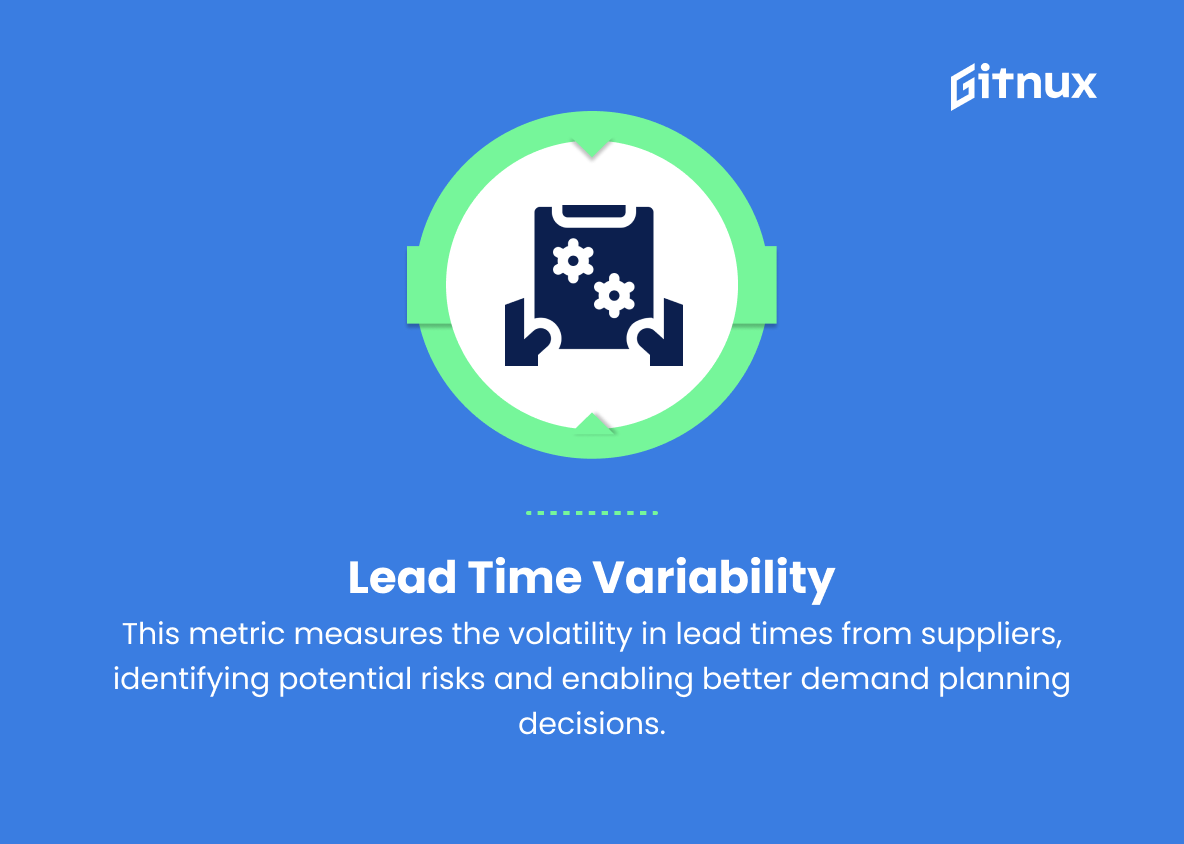Optimizing supply chain processes is critical for efficient resource management. Demand planning is key to accurately predicting customer needs. This blog post covers demand planning metrics, their significance, key metrics to track, and how they enhance business performance. Explore these pivotal measurements to fine-tune supply chain operations and deliver value to customers.
Demand Planning Metrics You Should Know
1. Forecast Accuracy
It measures the variance between the forecasted demand and actual demand, helping to improve future forecasting efforts.
2. Forecast Bias
This metric reveals the consistent over- or under-forecasting trends, leading to better understanding of the factors causing the deviation.
3. Mean Absolute Deviation (MAD)
It calculates the average absolute deviation between the forecasted and actual demand, providing an insight into the overall forecast error.
4. Mean Absolute Percentage Error (MAPE)
This metric compares the absolute percentage difference between forecasted and actual demand giving a percent value, making it easier to compare across different product lines.
5. Mean Squared Error (MSE)
It calculates the mean of the squared differences between forecasted and actual demand, emphasizing larger errors and guiding improvements in forecasting models.
6. Tracking signal
It is a diagnostic tool measuring the forecast bias, helping to identify whether the forecast is consistently over- or under-estimations.
7. Safety Stock Level
This metric calculates the stock needed to buffer against demand variability, ensuring order fulfilment without stock-outs.
8. Reorder point
It represents the inventory level at which an order should be placed to replenish the stock, considering lead times and variability in supply.
9. Order Fill Rate
This metric measures the percentage of customer orders that are fulfilled from stock on hand, assessing order fulfilment and inventory planning effectiveness.
10. Stock Turns
It measures how often the inventory is sold and replenished annually, showing the efficiency of inventory management and demand planning.
11. Days of Inventory
This metric calculates the average number of days it takes for an item in inventory to be sold, helping to optimize levels of inventory.
12. Out-of-Stock Rate
It measures the number of instances when a customer’s order is not fulfilled due to a lack of stock, showing gaps in demand planning.
13. Lost Sales
This metric estimates the number of sales lost due to not having sufficient stock, indicating issues in inventory management and demand planning.
14. Gross Margin Return on Investment (GMROI)
It calculates the profitability of an item in relation to the cost of inventory invested, assisting in demand planning and ensuring profitability.
15. Lead Time Variability:
This metric measures the volatility in lead times from suppliers, identifying potential risks and enabling better demand planning decisions.
By tracking these demand planning metrics, businesses can improve their forecasting accuracy, optimize inventory levels, and align operations with actual demand, thus maximizing profitability and customer service levels.
Demand Planning Metrics Explained
Demand planning metrics include forecast accuracy, bias, MAD, MAPE, MSE, tracking signal, safety stock level, reorder point, order fill rate, stock turns, days of inventory, out-of-stock rate, lost sales, GMROI, and lead time variability. These metrics improve forecasting, inventory management, and business performance. They align operations with actual demand, ensure customer satisfaction, optimize inventory levels, and maximize profitability. Analyzing trends, enhancing forecasting models, and identifying areas for improvement drives key decisions and strategic planning for success in a changing market.
Conclusion
Demand planning metrics ensure accurate forecasting and informed decisions for inventory management, production planning, and resource allocation. Monitoring metrics like MAPE, bias, accuracy, and value add identifies areas for improvement, increases efficiency, and enhances competitiveness. Continuous review and updates of demand planning strategies promote sustainability and growth.
Effective implementation and analysis of demand planning metrics lead to better decision-making and a more adaptable organization. Invest in mastering this essential aspect of your business for a predictable and profitable future.

